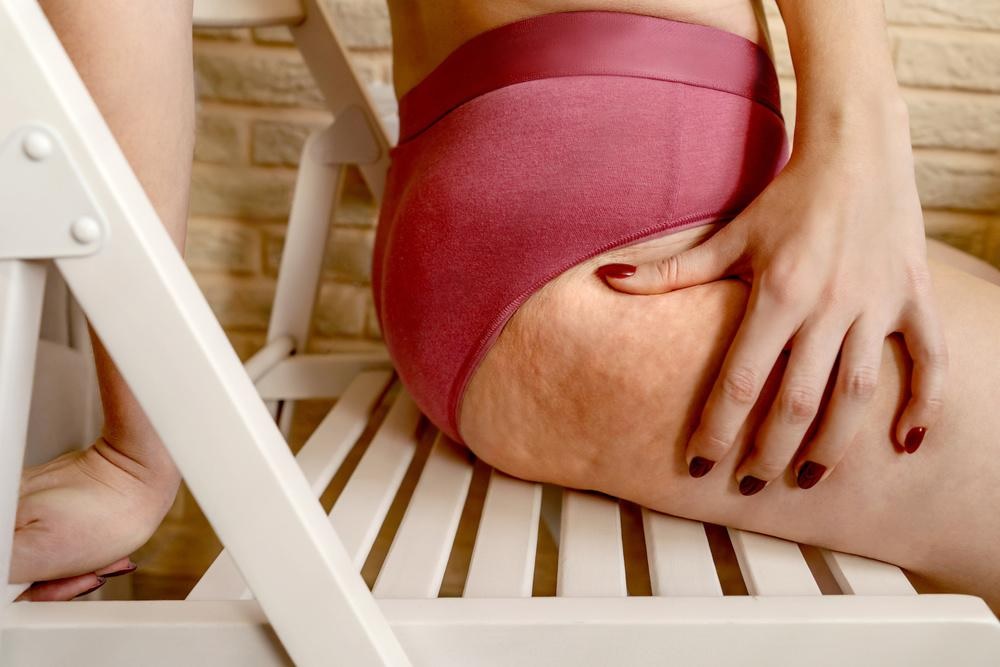
How to Calculate Your Cellulite Score and Take Control of Your Skin Health
Table of Contents
Cellulite is a common concern for many, yet it remains a mystery for most. Have you ever wondered how to calculate your cellulite score and what it really means for your skin health? This guide will help you understand the concept of cellulite scoring and provide actionable steps to manage and improve your skin’s texture. Let’s dive in and demystify cellulite in a way that feels relatable and empowering.
What Is a Cellulite Score?
Your cellulite score is a way to measure the severity of cellulite on your body. It’s often determined by evaluating skin texture, dimpling, and the visibility of cellulite when standing or lying down. Think of it like a report card for your skin’s overall texture—helping you identify areas that need attention.
Why Should You Calculate Your Cellulite Score?
Understanding your cellulite score can help you set realistic goals for improvement. It’s not just about appearance; your skin health can reflect other aspects of your well-being. Knowing your score allows you to track progress and see the impact of changes in diet, exercise, or skincare routines.
Understanding the Science Behind Cellulite
Cellulite occurs when fat deposits push through connective tissue beneath the skin, creating a dimpled appearance. It’s more common in women due to differences in fat distribution, muscle structure, and skin elasticity. Hormones, genetics, and lifestyle factors also play a role. Picture cellulite as a quilt where uneven stuffing creates lumps—understanding this helps you tackle it effectively.
Tools to Measure Your Cellulite Score
Several tools can help you assess your cellulite score:
- Cellulite calculators or quizzes: These ask questions about your skin’s appearance and texture.
- Skin assessments by professionals: Dermatologists can provide an accurate score.
- DIY methods: Using a mirror or taking photos in good lighting helps you track changes over time.
The Role of Skin Texture and Elasticity
Skin texture and elasticity play a crucial role in cellulite visibility. Thicker, more elastic skin tends to show less cellulite. Hydration, collagen levels, and proper skincare can improve these factors over time, reducing the appearance of dimples and bumps.
Steps to Calculate Your Cellulite Score
Here’s how you can calculate your cellulite score at home:
- Examine your skin in natural light. Check for dimples while standing and lying down.
- Feel for texture irregularities. Smooth or pinch the skin to observe firmness.
- Answer questions in a cellulite calculator. Quizzes online can offer a quick assessment.
- Score your findings. Use a scale from 1 (minimal) to 5 (severe) for an overall picture.
Factors That Affect Cellulite
Numerous factors influence cellulite, including:
- Hormones: Estrogen and insulin can affect fat storage.
- Genetics: Family history plays a role in skin structure.
- Lifestyle: Poor diet and lack of exercise can worsen cellulite.
- Age: Skin loses elasticity as we age, making cellulite more noticeable.
Common Misconceptions About Cellulite
Many people believe that cellulite only affects overweight individuals or that it can be entirely eliminated. In reality, cellulite is natural and common—even among fit people. Instead of striving for perfection, focus on improving skin health and texture.
How Diet Impacts Your Cellulite Score
A balanced diet rich in fruits, vegetables, and lean proteins helps maintain healthy skin and reduce cellulite. Foods high in antioxidants, like berries and green tea, combat free radicals that damage skin. Avoiding processed foods and excess salt also helps minimize water retention and inflammation.
Exercise Tips for Reducing Cellulite
Exercise improves circulation and muscle tone, which can reduce the appearance of cellulite. Focus on:
- Strength training: Build muscle to smooth skin.
- Cardio: Boost fat loss and improve overall health.
- Targeted exercises: Squats, lunges, and bridges target areas prone to cellulite.
Lifestyle Changes That Make a Difference
Small changes can lead to big improvements in your cellulite score:
- Stay hydrated. Water keeps skin plump and elastic.
- Get enough sleep. Rest supports skin repair.
- Quit smoking. Smoking weakens collagen and worsens cellulite.
Skincare Products to Support Your Skin
Certain creams and serums can enhance skin elasticity and reduce the appearance of cellulite. Look for products with:
- Caffeine: Promotes blood flow and tightens skin.
- Retinol: Boosts collagen production.
- Hyaluronic acid: Provides deep hydration.
When to Seek Professional Advice
If cellulite is significantly affecting your confidence, consult a dermatologist or aesthetic specialist. Treatments like laser therapy, radiofrequency, or dermal fillers can provide noticeable results. A professional assessment can also rule out any underlying health concerns.
Realistic Expectations and Self-Love
It’s important to remember that cellulite is natural and common. While you can improve its appearance, perfection isn’t the goal. Embrace your body and focus on feeling confident in your skin. Self-care and positivity go a long way in achieving true beauty.
Key Takeaways:
- Your cellulite score helps assess skin health and track progress.
- Diet, exercise, and hydration play key roles in reducing cellulite.
- Skincare products with caffeine and retinol can improve elasticity.
- Cellulite is natural and affects people of all shapes and sizes.
- Focus on self-love and realistic improvements over perfection.
Take control of your skin health today—calculate your cellulite score and start your journey to smoother, healthier skin!
Taking Control of Your Skin Health
Calculating your cellulite score is a simple yet powerful way to understand and improve your skin health. By combining diet, exercise, skincare, and a positive mindset, you can take control of your skin and feel great in your own body. Remember, it’s not about eliminating cellulite entirely—it’s about loving yourself and striving for healthy, happy skin.
How often should I calculate my cellulite score?
It’s a good idea to reassess your cellulite score every 2–3 months to track progress and adjust your routine.
Can cellulite be permanently removed?
No, but its appearance can be significantly reduced with the right combination of lifestyle changes, skincare, and treatments.
Are there any quick fixes for reducing cellulite?
While no instant solutions exist, treatments like massage or topical creams can temporarily improve skin texture.


